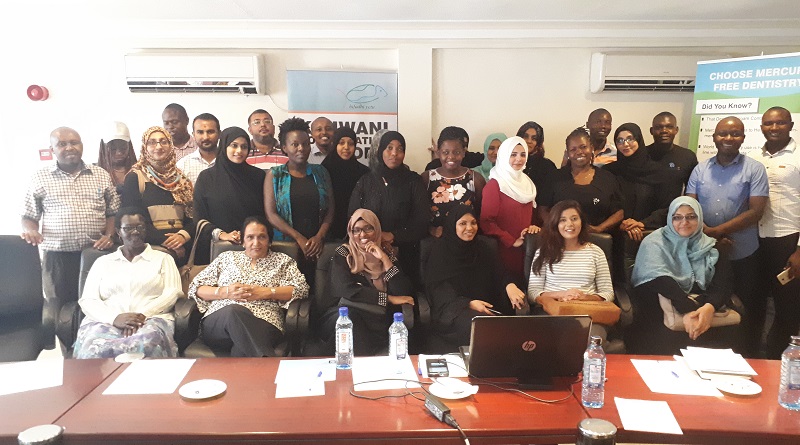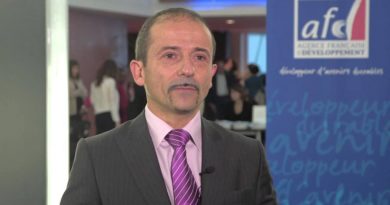Mombasa: Stakeholders agree to end use of dental amalgam in children
Photo caption: Group photograph of stakeholders during the Mombasa summit.
The future of Kenyan children looks brighter as dental practitioners agree to end amalgam use in children’s milk teeth. This consensus was reached at a stakeholder’s dialogue organized by Centre for Environment Justice and Development (CEJAD) and Kisiwani Conservation Network (KCN), in conjunction with the Kenya Dental Association (KDA) Mombasa County chapter held on Wednesday October 17, 2018 in commemoration of the Africa Day for Mercury Free Dentistry, held annually on 13 October.
In a 11-point resolution, dental practitioners drawn from both the private and public facilities considered the merits of leading restorative materials in the Kenyan market and appreciated their burden on public health and the environment. They urged for:
• Further phase-down, awareness, skills development, infrastructural improvements
• Greater participation of dental stakeholders in the decision-making process
• Updating dental schools training curriculum to emphasize mercury-free dentistry.
• Implementation of a phase down work plan. This must also include legislative review and development of guidelines, gathering baseline data and developing the national overview.
• Initiation of demonstration projects and application of best available technology and environmental practice in the management of dental amalgam.
• Promotion of alternatives/transition to alternatives by a concession for imported alternative restorative materials.
• Sensitization of the public
• Ban amalgam use in children milk-teeth
• Practitioners to ensure safe stockpiling of wastes for future disposal
• Engaging the public and media as well as other stakeholders in awareness creation on the health impacts of mercury in dental amalgam and the need for prevention of caries.
• Urge the Government of Kenya to domesticate the Minamata convention as soon as possible.
The World Health Organization (WHO) ranks mercury among the top ten most problematic chemicals in the world. Human beings are exposed to mercury whenever they inhale air or ingest water or food contaminated. Other routes of exposure are via skin contact or placental conduction from an exposed mother to developing foetus. Once exposed, victims could suffer a range of disorders to the nervous, immune and digestive systems or harmful effects to the lungs, skin, eyes, and kidneys. Where acute exposures have occurred, victims suffered the “Minamata disease”, a neurological disorder associated with deterioration of brain function, speech, sight, muscle coordination. Kenya is a signatory to the Minamata Convention, an international treaty whose objective is to protect the human health and environment from anthropogenic emission and releases of mercury and mercury compounds.
Mr. Griffins Ochieng, Executive Director of CEJAD and also a key speaker at the forum reminded participants of mercury’s ability to cross international boundaries, food chains, blood, placental and brain barriers and to persist long enough to cause intergenerational harm. He demonstrated how over the years, mercury releases from dental amalgam had steadily risen from insignificance to about 10% of the total global releases and about 21% of releases from mercury-containing products.
Inasmuch as all humanity is exposed to mercury, some demographic groups encounter greater doses, more frequently in more toxic forms and for longer periods of time due to their age, occupation, area of residence and socio-cultural factors. The metabolic rates of unborn foetuses and children below 12 years allow them to absorb more mercury than other demographic groups. At their early development stage, mercury exposures tend to have more dramatic and irreversible impacts on their faculties. Such impacts at an early stage translate to greater socioeconomic burdens then and later in life compared to groups exposed much later. In the interest of these children, stakeholders resolved to collectively ban the use of dental amalgam in children milk teeth and promote the awareness, procurement and use of safer alternatives in both private and public facilities.
CEJAD, KCN, KDA and the Department of Health shall collaborate in developing the requisite policy recommendations for adoption by Mombasa County on the resolutions agreed upon. Further consultations shall be made to protect foetuses, pregnant and nursing mothers.




